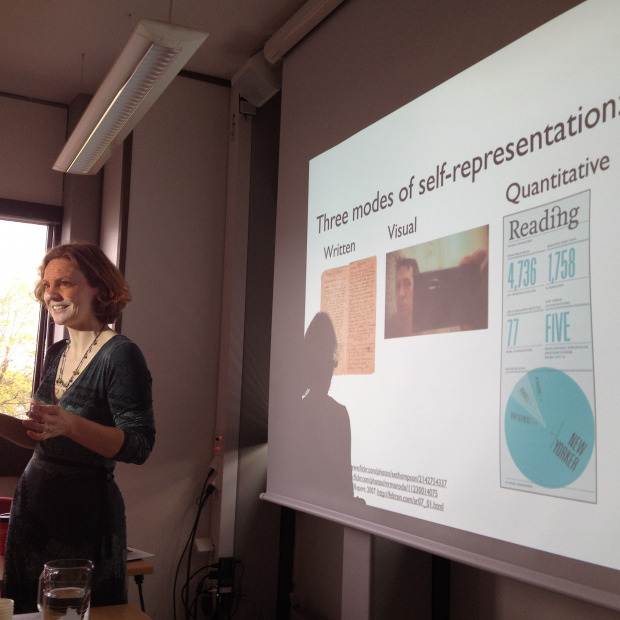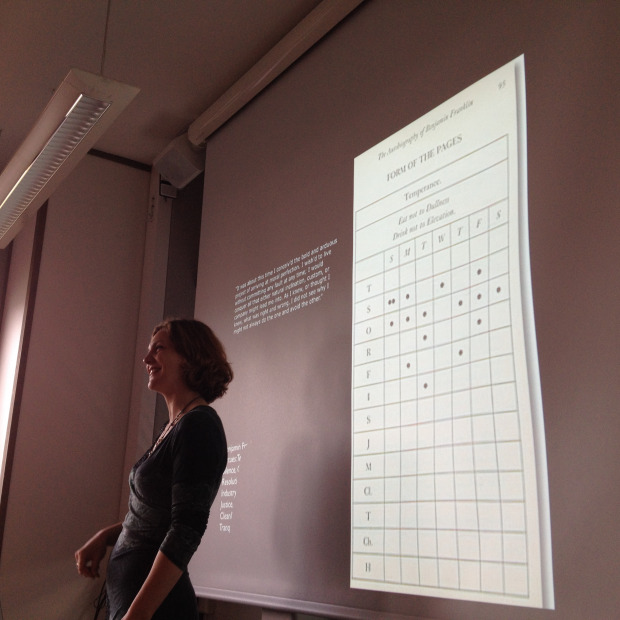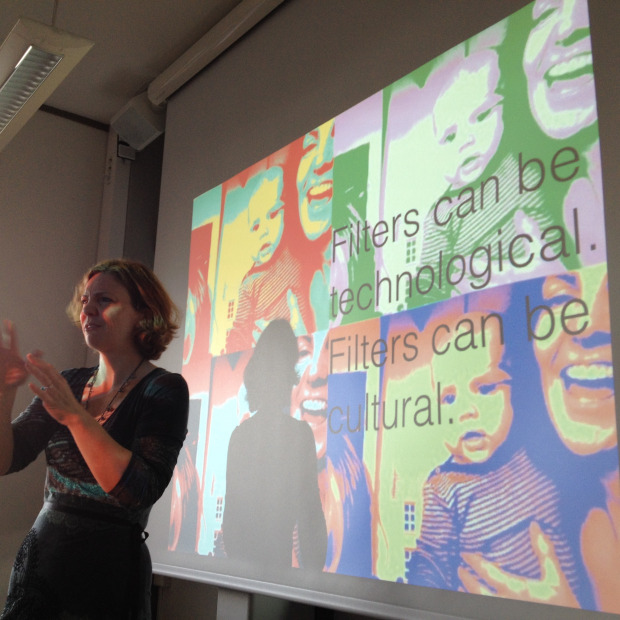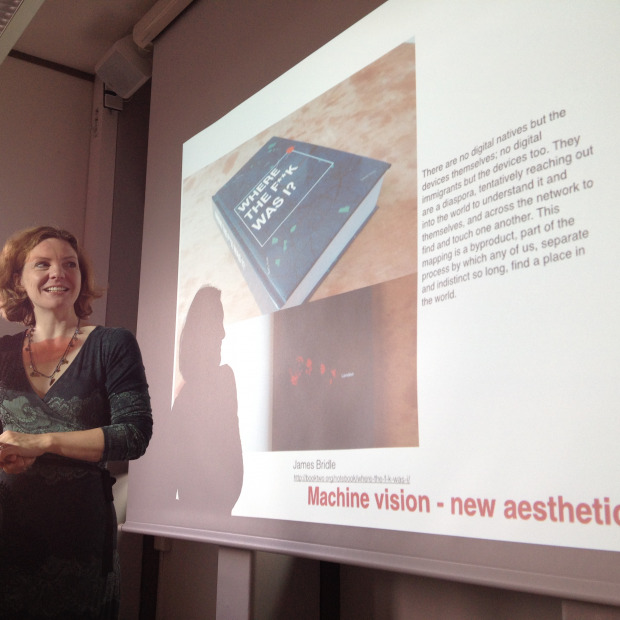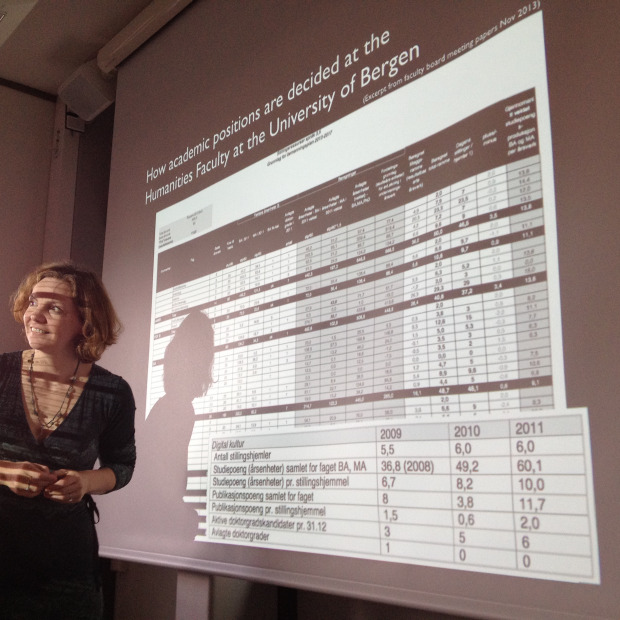Book presentation: Seeing Ourselves Through Technology: How We Use Selfies, Blogs and Wearable Devices to See and Shape Ourselves
This book explores self-representations in three modes: written, visual and quantitative, and looks
at how these modes of self-representation are used in a digital age. The histories of written and
visual self-representations are well known through lineages of autobiographies, diaries, memoirs
and self-portraits, and have clear descendents in blogs and social media sites like Instagram,
Facebook, Twitter and Tumblr. Quantitative self-representations also have a long history but have
been less studied as an aesthetic and rhetorical genre. With digital media, the personal tracking of weather, travels, habits and moods is commodified through activity trackers, wearable devices
and apps for lifelogging and productivity.
The book, which will be published as a peer-reviewed, open access and print-on-demand book in
the Palgrave Pivot imprint in October 2014, includes chapters on selfies, on the use of technological and cultural filters, on real-time diaries and on surveillance. For the purpose of this
workshop, the presentation will focus on how we can understand what José van Dijck calls
dataism, the belief in the objectivity of data in constructing representations of identity or behaviour, as a form of paratext to the individual life. Lifelogging is in itself a form of paratextual behaviour, or, seen inversely, the lived life is a form of paratext to the self-representation created on Instagram, in a blog, or through a Fitbit activity tracker. Quantitative self-representations in particular offer an interesting opportunity to think about how the paratextual meets the cyborg, as we strap devices onto our bodies to translate our movements, our heartbeats and even our emotions into quantifiable data about our days.
(Source: Author's Abstract)

